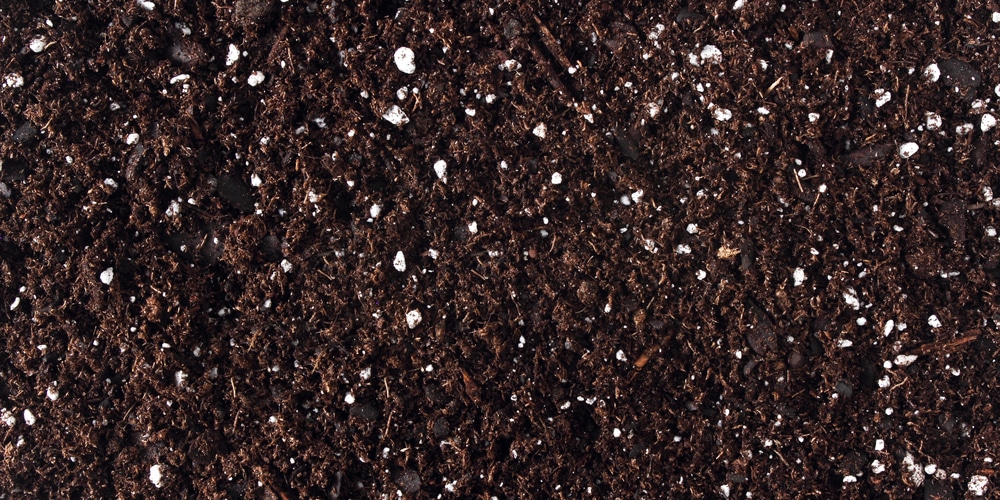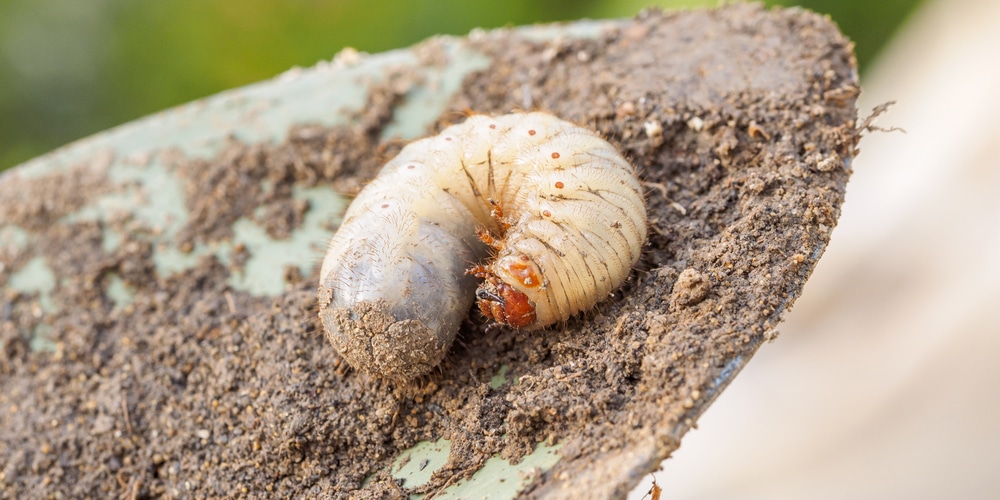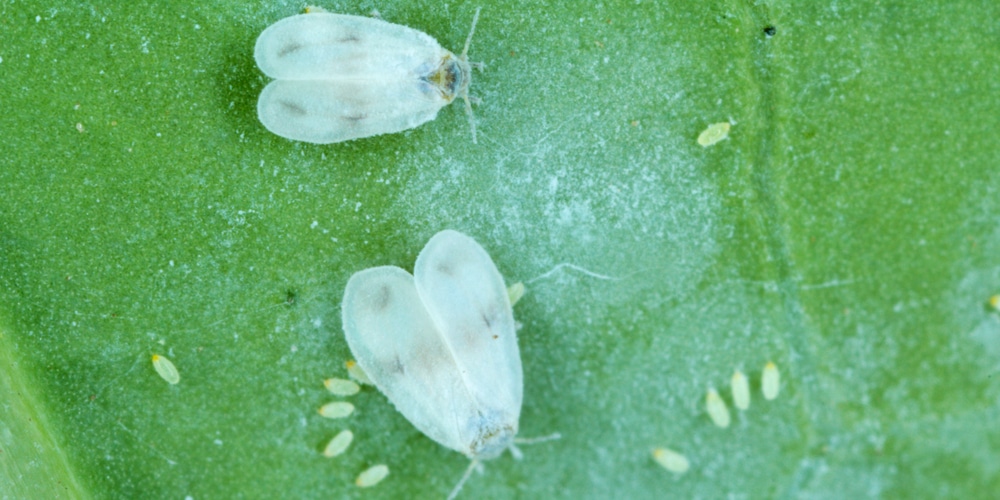Have you ever noticed tiny white worms in your houseplants? Do you need to worry about them? Or should you take measures to get rid of them? You can find all the information on the subject in this essential guide! Keep reading to find out all you need to know about tiny white worms in houseplant soil!
What Are The Tiny White Worms in Houseplant Soil?
Many things might look like tiny worms in your houseplants’ potting soil. For instance, perlite, fungal root structures, or even mealy bugs and whiteflies. However, you’ll have to learn to distinguish between beneficial and harmful elements of your potting mix. Here is a brief description of all that might look like tiny white worms.
Perlite
Perlite is a helpful element. Indeed, it contributes to improving drainage and increases water retention. Additionally, it adds essential nutrients to the soil that can help boost your plants’ growth.
Perlite can be transparent, white-gray, or glossy black. It may expand, making it look like little plastic foam balls. It helps minimize the risk of roots drying and can provide extra moisture to your houseplants.
Mycelium
Mycelium is part of the fungal structures that make up a healthy potting mix. It increases drainage and water retention and improves your houseplants’ ability to absorb nutrients such as phosphate and nitrogen. So, mycelium isn’t harmful to your houseplants.
Tiny Bugs
Of course, not all white tiny things are beneficial to your plants. You may find bugs in your potting mixes, such as mealybugs, whiteflies, and grubs. And you should take action to remove it from your potting soil! Indeed, they will cause issues for your plants.
To begin with, you must remove decaying matter from the potting mix to prevent them from spreading. Also, avoid overwatering your plants, which creates the ideal environment for these kinds of pests. Also, we recommend you apply organic insecticides to minimize the risk of an infestation.
For instance, you can prepare a solution with dishwashing liquid and spray it around your houseplant. If there are many bugs, consider repotting your plant to avoid having issues with its growth.
Tiny White Worms
Finally, if you notice tiny white worms (that are moving) inside your houseplant’s potting mix, you might have an issue with gnats. These bugs like to feed on the organic matter of your houseplant’s soil and can damage your plant’s roots.
If they like staying around your plant, they will lay their eggs that will turn into white larvae. Things can get out of hand quickly with this situation. So, try to take measures to remove them as fast as you can.
One of the best things you can do is remove the top layer of the soil and dispose of it. Or better, you should report your plant, remove the old substrate and replace it with a fresh one.
If you notice a lot of larvae, you can also look for suitable pesticides to get rid of them more effectively. Prevent their re-appearance by following a regular watering schedule that doesn’t cause overwatering.
Remember to feel the soil with your fingers before adding extra water to your plants. Allow the potting mix to dry to prevent it from becoming attractive to gnats and their larvae (or other fungal infections).
Finally, if you are bringing a new plant home, don’t forget to check its roots: they may contain gnats you’ll have to remove before planting your green friend. Of course, you should do the same with plants you want to move inside after you leave them some time outdoors.
Whiteflies
Whiteflies are other tiny white worms that may damage your houseplants. However, you won’t have as many issues removing them as with gnats. Depending on the severity of the situation, you may be able to eliminate them by spraying them with insecticidal soap or drowning them with a water hose.
Removing Tiny White Worms from Potting Soil
Take all the possible measures to remove harmful tiny white worms from your houseplants’ potting mix. Avoid watering your plants too heavily, which might encourage the growth of damaging fungus and pests.
Additionally, ensure the potting soil’s pH is ideal for your plant to prevent root damage. Also, while many houseplants need high humidity levels, too much moisture can cause problems and create a favorable environment for spreading white worms. Don’t ever overdo it with water!
Related Article: 5 Tiny White Bugs That Look Like Dust


